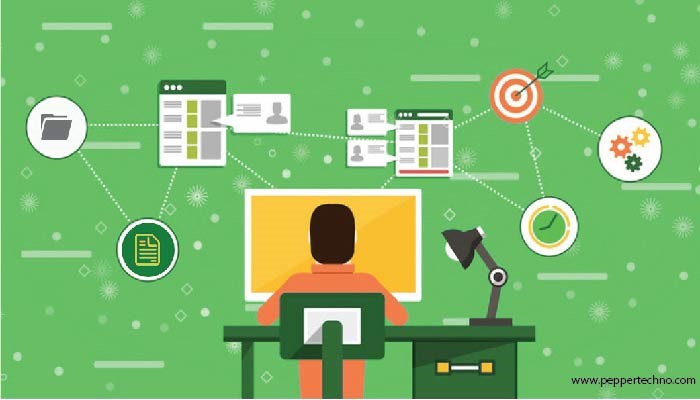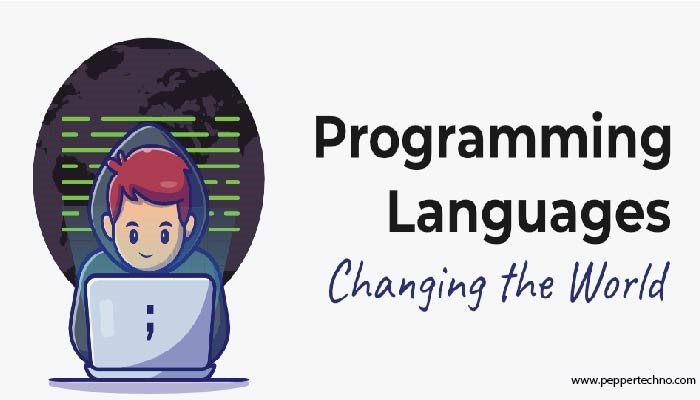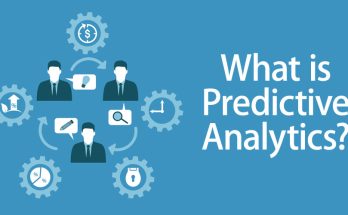Decoding the World of Programming Languages: A Comprehensive Overview
In the digital age, programming languages serve as the foundation of software development, enabling developers to communicate instructions to computers effectively. From the simplicity of Python to the robustness of C++, each programming language possesses unique characteristics and is tailored to specific tasks. In this article, we embark on a journey to decode the world of programming languages, exploring their origins, features, and applications across various domains.

Understanding Programming Languages:
Programming languages are the building blocks of software development, allowing developers to write code that computers can understand and execute. We delve into the fundamentals of programming languages, including syntax, semantics, and data types. Understanding these core concepts is essential for mastering any programming language.
The Evolution of Programming Languages:
The history of programming languages is a tale of innovation and evolution. From the early days of assembly language to the modern era of high-level languages, we trace the development of programming languages over time. Each generation brings new features and capabilities, shaping the way we write software today.
High-Level vs. Low-Level Languages:
Programming languages can be classified into high-level and low-level languages, each serving different purposes. High-level languages like Python and Java offer abstraction and simplicity, while low-level languages like C and Assembly provide direct control over hardware. We explore the advantages and disadvantages of each approach and when to use them.
Popular Programming Languages:
The programming landscape is vast, with a multitude of languages to choose from. We highlight some of the most popular programming languages today, including Python, JavaScript, Java, C++, and more. Each language has its strengths and weaknesses, making it suitable for different types of projects and applications.
Domain-Specific Languages (DSLs):
Domain-specific languages are designed for specific problem domains or applications, offering tailored features and syntax. We discuss the role of DSLs in software development, including examples such as SQL for database queries and HTML for web development. By leveraging DSLs, developers can increase productivity and expressiveness in their code.
Paradigms of Programming Languages:
Programming languages are often categorized into different paradigms based on their features and characteristics. We explore paradigms such as procedural programming, object-oriented programming (OOP), functional programming, and declarative programming. Understanding these paradigms helps developers choose the right language for their projects and design more efficient and maintainable code.
Application Areas of Programming Languages:
Programming languages find applications across various domains, from web development and mobile apps to scientific computing and artificial intelligence. We examine how different languages are used in different fields, highlighting their strengths and suitability for specific tasks. Whether you’re building a website, analyzing data, or developing machine learning models, there’s a programming language for you.
Learning and Mastering Programming Languages:
Learning a new programming language can be a daunting task, but with the right approach, anyone can master it. We provide tips and resources for learning programming languages effectively, including online tutorials, books, and coding exercises. Additionally, we discuss the importance of practice, collaboration, and continuous learning in becoming proficient in multiple languages.
Future Trends in Programming Languages:
The world of programming languages is constantly evolving, driven by advancements in technology and changing demands from developers. We speculate on future trends in programming languages, including topics such as quantum computing, blockchain, and machine learning. By staying informed and adaptable, developers can prepare for the challenges and opportunities that lie ahead.
Conclusion:
Decoding the world of programming languages is a fascinating journey that offers insight into the inner workings of software development. From the fundamentals of syntax and semantics to the intricacies of paradigms and application areas, programming languages shape the way we interact with computers and solve complex problems. By understanding the diverse landscape of programming languages, developers can expand their skill set, innovate with confidence, and contribute to the ever-growing field of technology.



